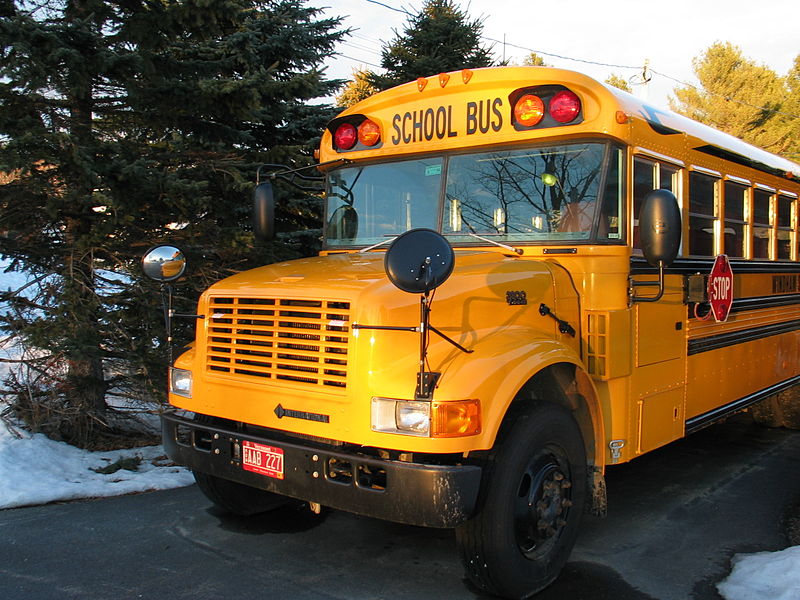Description of Program
Benefits of an Evaluation
Raz Kids is a Web 2.0 tool with apps available for all mobile devices. This individualized reading program is designed to provide an affordable, engaging site/app, where students are motivated to practice and improve their reading skills, and teachers can accurately monitor student progress with detailed reports. Teachers can individualize and personalize reading levels and taylor lessons for each student.
The benefits of an evaluation of RAZ kids is the chance to show that this program is meeting its stated objectives and to show any weaknesses of the program observed during the gathering of data.
Limitations of an Evaluation
The potential limitations of evaluating this program would be the shortness of the program being in place. The outcome of the evaluation might have be more impactful and insightful if we would have a longer time from start to finish to gather our data during this evaluation. Another limitation might be in the training of the teachers involved in implementing the program. They will receive training of the program by a qualified individual, but through formative assessment, we may find more training might need to be offered during the course of the evaluation. The infrastructures for wifi in our building has been upgraded this summer to be able to compensate for all devices, however, at this time wifi is still unavailable in the kindergarten rooms. This may impact the evaluation process for the kindergarten students using Raz Kids.
The evaluation results of Raz Kids possibly may show us that this program does exactly as it states and teachers find that students reading skills are improving. This would be an added benefit for students if they enjoyed the program and were motivated to read fiction as well as non-fictional stories. We may also find an added benefit that students may be motivated to learn more about a topic after reading a Raz Kid book online.
The video below was created for the following Evaluation Scenario:
Rich Kids, Poor Kids
The Maricopa Community College District (MCCD) partnered with Cashflow Technologies, Inc., to design and deliver a course in financial literacy. The course is based on the products - books, games, and videos - created and sold by the company. Components in the course include training sessions for future course instructors and seminars at which attendees play the Cashflow game. MCCD commissioned an evaluation of the program to verify its value to students and the community. In addition, Cashflow Technologies is exploring the possibility of marketing the educational program to educational institutions throughout the nation so an educational evaluation of the program should lend it credibility. Cashflow Technologies has been producing the materials for three years. The course was offered for the first time during the fall 2011 semester. No training sessions or seminars have been performed.
The program will be evaluated by students in Educational Technology at Boise State University. The evaluators have access to sales information for the products, student performance data from the course, and contact information for the students and instructors. The budget for the evaluation is $6,000.
The program will be evaluated by students in Educational Technology at Boise State University. The evaluators have access to sales information for the products, student performance data from the course, and contact information for the students and instructors. The budget for the evaluation is $6,000.





